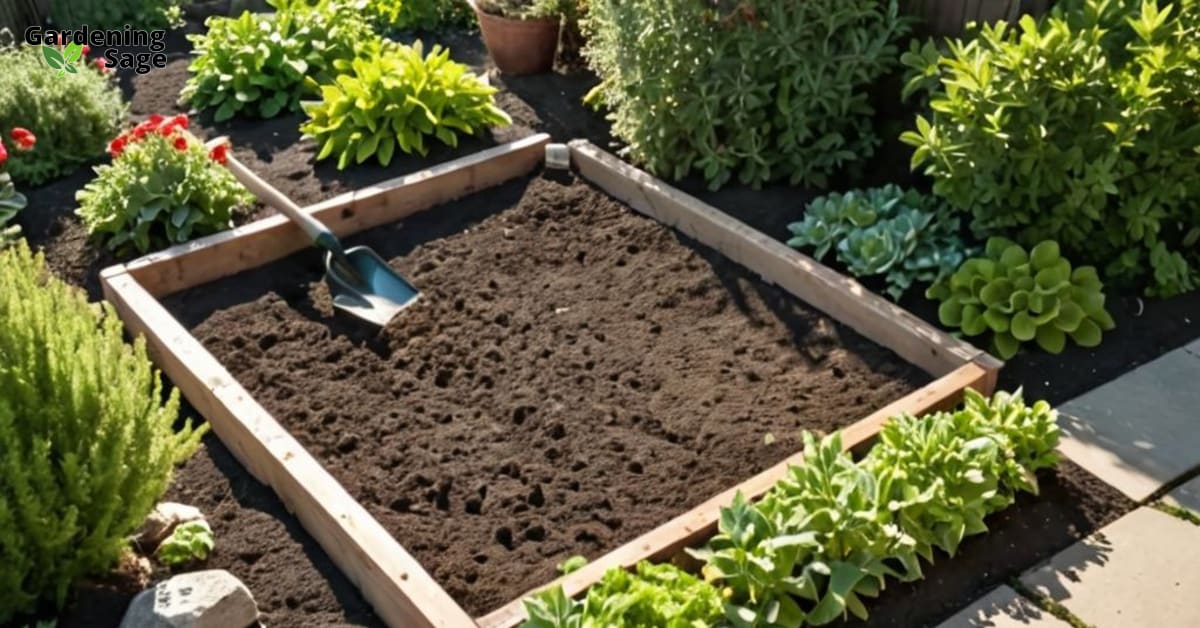Elevate Your Outdoor Oasis with Thoughtful Terrain
Whether you’re cultivating a sprawling country garden or curating a cozy urban oasis, enriching the terrain is key for growing happy, healthy plants. With the right techniques, you can transform even the most challenging yard into a bountiful botanical paradise. This transformation not only enhances the beauty and utility of your outdoor space but also increases the biodiversity and ecological health of your local environment.
Assess and Amend the Soil
Getting to know your soil type and composition is the first step. Test kits and professional analyses can uncover pH levels, nutrient deficiencies, compaction issues, and more. Based on the results, amend as needed with compost, fertilizer, or conditioners to create an optimal foundation. Well-draining, nutrient-rich soil brings out the best in every plant. It’s also important to consider the soil’s texture and structure, as these factors can greatly influence water retention and root growth. Regularly adding organic matter can improve soil texture and encourage beneficial microbial activity, which in turn supports plant health.
Contour the Landscape
Strategic landscaping builds visual interest while addressing practical needs. Mound steep slopes into terraces to prevent erosion and runoff. Dig swales and rain gardens to capture water naturally. Shape berms to define spaces and direct sightlines. Whether subtly or dramatically, contouring transforms flat terrain into a dynamic garden environment. These techniques not only make the landscape more visually appealing but also serve to enhance the functionality of your garden, making it more sustainable and easier to maintain over time.
Maximize Sunlight and Shade
Take note of sunlight patterns across your yard before planting. Position trees, shrubs, and structures to shade sun-sensitive plants. Reserve bright, unobstructed areas for sun-lovers like vegetables, herbs, and wildflowers. Modifying sunlight exposure ensures every plant thrives in its ideal conditions. Understanding the movement of the sun throughout the seasons can help you create a balanced environment where plants receive the light they need without being exposed to harsh conditions that could impede their growth.
Improve Drainage and Irrigation
Excess moisture invites fungal diseases and root rot. On the other hand, arid spots stress plants. Installing drainage systems, rain barrels, soaker hoses, or drip irrigation helps regulate water flow across the landscape. Proper moisture control keeps plants hydrated and healthy through wet and dry spells. Additionally, consider the use of mulches to retain soil moisture and reduce evaporation. By carefully planning your garden’s drainage and irrigation, you can conserve water and ensure that each plant receives the right amount of moisture.
Add Supportive Hardscaping
Pathways, walls, trellises, raised beds, and other hardscaping enrich the garden’s form and function. Meandering stepping stone paths create visual interest while protecting plants from foot traffic. Low walls, fences, and trellises define spaces, support climbing plants, and provide protection from wind and weather. Hardscape features integrate seamlessly into the overall garden design, offering both aesthetic appeal and practical benefits. They can also create microclimates within the garden, further diversifying the types of plants you can grow.
Select Plants Suited to the Site
Match plants to the specific growing conditions – sunlight, soil, moisture, wind – in each part of your landscape. Drought-tolerant succulents thrive in sunny, dry sections, while shade-lovers like hostas flourish beneath trees. Choosing plants suited to each unique microclimate results in healthier growth and less maintenance. Consider native plants, which are adapted to local conditions and often require less care than non-native species. They also provide essential food and habitat for local wildlife, contributing to the ecological balance of your garden.
By thoughtfully developing your terrain, you can cultivate an outdoor space that harmonizes with nature while fulfilling your own vision. With mindful soil preparation, landscape contouring, sunlight modulation, irrigation, hardscaping, and plant selection tailored to your yard’s conditions, you’ll be rewarded with a lush, vibrant, and resilient garden that thrives for years to come. Your efforts will not only create a personal retreat but also contribute to the well-being of the environment, supporting a diverse range of flora and fauna. Embrace the journey of transforming your outdoor space into a thriving sanctuary that reflects your dedication to both beauty and sustainability.













